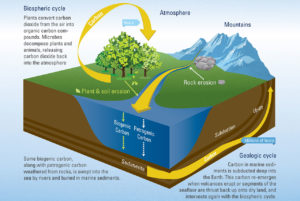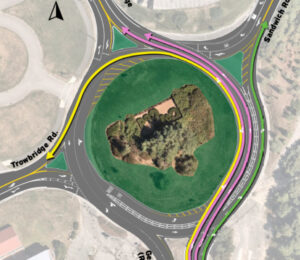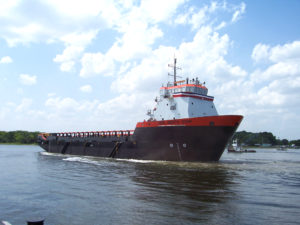WOODS HOLE – Scientists have long known that steep mountain ranges can draw carbon dioxide out of the atmosphere — as erosion exposes new rock, it also starts a chemical reaction between minerals on hill slopes and CO2 in the air, “weathering” the rock and using CO2 to produce carbonate minerals like calcite.
A new study led by researchers from the Woods Hole Oceanographic Institution, however, has turned this idea on its head. In paper released on April 12th in the journal Science, the scientists announced that the erosion process can also be a source of new CO2 gas, and can release it back into the atmosphere far faster than it’s being absorbed into newly-exposed rock.
“This goes against a long-standing hypothesis that more mountains mean more erosion and weathering, which means an added reduction of CO2. It turns out it’s much more complicated than that,” says Jordon Hemingway, a postdoctoral fellow at Harvard University and lead author on the paper.
The source of this extra CO2 isn’t entirely geological. Instead, it’s the byproduct of tiny microbes in mountain soils that “eat” ancient sources of organic carbon that are trapped in the rock. As the microbes metabolize these minerals, they spew out carbon dioxide.
The researchers came to this realization after studying one of the most erosion-prone mountain chains in the world—the central range of Taiwan. This steep-sided range is pummeled by more than three major typhoons each year, each of which mechanically erode the soil and rock through heavy rains and winds.

























